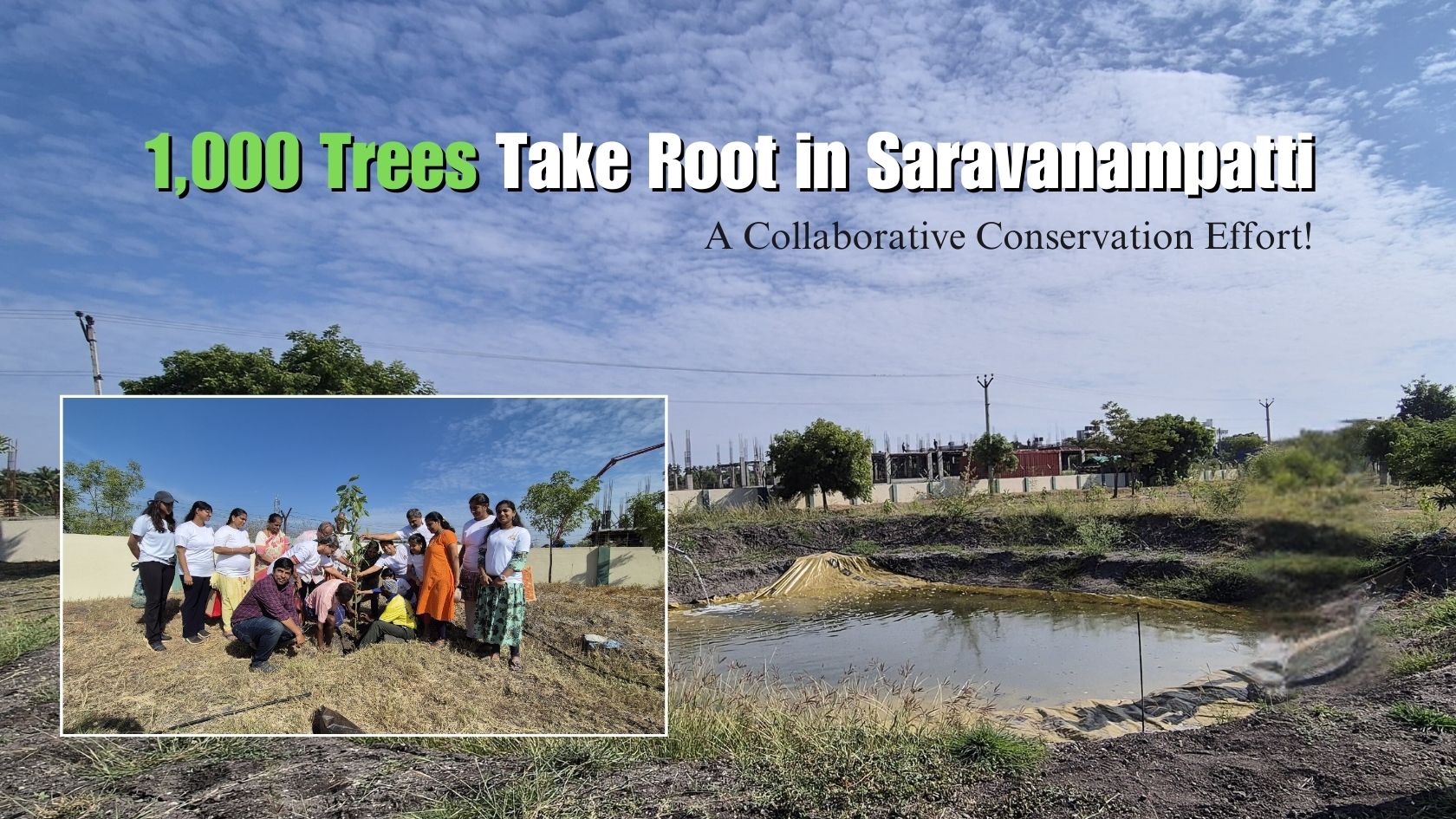
On the day of Amavasya and Somavaara during the month of Vaishaka, Ashwattha Vrksha pradakshinam is considered auspicious. The period between Chaitra Maasa Pournami and Vaishaka Maasa Pournami is known to be Vaishaka Snanam. The events such as Thirtha yaatra, Dhaana, Japa, Yagna, and Parayanam, all of which are treated propitious. Amongst all Ashwattha Vrksha Pradakshinam that is performed during the Vaishaka month is treated highly felicitous.

Ashwattha Vrksha is not just a mere tree but it is the residence of all divine powers. There is also a Sanskrit sloka which explains the essence of the divinity in the tree. The transliteration and the meaning goes as,
“Moolatho Brahma roopaya, Madhyato Vishnu roopine;
Agratha Shiva roopaya, Vrksha rajaya te namaha.”
Meaning:
“My Salutations to the King of trees
Whose root is the form of Brahma
Middle is the form of Lord Vishnu
And top is the form of Lord Shiva.”

Because of the presence of Lord Brahma at its root, Lord Vishnu at its trunk and Lord Shiva at its shoot, it is considered to be the Vrksha Raja, the King of all trees. In Tamil, the tree is called ‘Arasa Maram’ while its Sanskrit equivalent is ‘Vrksha Raja’. In spite of the presence of glories of the Trinity, Lord Vishnu’s grace is treated prominent. Lord Vishnu in the Bhagavad Gita, taking the form of Sri Krishna advises the Pandava prince, Arjuna, in sloka 28 of tenth chapter, which goes as, “aśhvatthaḥ sarva-vṛikṣhāṇāṁ….” The meaning of which is “I am amongst all the trees prominent in the Pupil tree.” Other proofs can be the presence of Lord Narayana as ‘Ashwattha Narayanan’ at the Cuddalore temple.

The importance of Ashwattha Vrksha is also delineated in Skanda Purana, slokas 41 to 47 of chapter 247. It is said, “Lord Vishnu himself is in the roots of the tree, He in the form of Keshava is present in the trunk, as Narayana in the branches, as Hari in the leaves, as Achyuta in the fruits.” Despite the presence of Lord Vishnu, the tree also shelters all devas and devatas. The whole tree presents the form of Lord Vishnu (Vishnu Swaroopa), the composite divine being. Because of its significance it is worshipped by all Saints, Gnani-s, and Tapasvi-s. It is also said that thousands of sins get destroyed on just approaching the tree. Like the significance of historical representations such as Kamadenu and Kalpaka Vrksha, Ashwattha Vrksha also yields one’s desires.
The Ashwattha Vrksha also has several scientific benefits. It helps in purification of blood and in the treatment of various other incurable diseases, which is scientifically proven. Ashwattha Vrksha and Tulsi generates high quantities of Oxygen level to their surrounding areas. This is why Hindus are asked to worship and do pradakshina to both, Ashwattha vrksha and Tulsi. While others transpire carbon dioxide during the night times, it is the unique quality in Ashwattha Vrksha to give out oxygen. By doing pradakshina to Ashwattha Vrksha, notable improvements are observed in health conditions and life span of human beings. It is also proven that considerable improvements are noticed in women with problem conceiving child and medical complications in their innards. Unmarried youngsters get married on doing pradakshina to Ashwattha vrksha because it reduces the papas (sins) by removing all negative thoughts from us and also helps in improving the memory power. On doing pradakshina to the tree, it is metaphorically said all daemonic forces leave our body and divine forces enter, making us do only positive actions. To sum up, the Ashwattha vrksha is said to bestow us with all prosperity from child birth, marriage to living a disease-free life.
A Pradakshina of Aswattha vrksha also blesses us with awareness of the Omni-present divinity, Gnana, Bhakti and Vairagya (dispassion). Praying to the Ashwattha vrksha sincerely also leads us towards the path of Moksha.
“Yaam drushtwa muchythe rogai,
Sprushtwa papapai pramuchyathe,
Yad ashrayath chiran jeevi,
Tham Aswatham namamyaham.”

Waking up early and on completion of snana sandhya vandhana, go to the place where an Ashwattha tree can be seen. Do sankalpa and offer akshatha, haridra kumkum and fruits, as Prasad, by invoking the Lord who resides in the tree. On doing 108 (or whatever is convenient) pradakshinas repeat the sloka, and offer water to the holy tree.
“Moolatho Brahma roopaya, madhyato Vishnu roopine;
Agratha Shiva roopaya, Vrksha rajaya te namaha.”
By doing this ritual to the Ashwattha tree, you gain all kinds of positivity and your clan prospers. It also said in the “Ashwattha Vrksha stotram” that one need not doubt the powers of the tree which is just an embodiment of the Supreme Being. Just offering an urn-full water as oblation is enough, this kind of worship proves to be economical and easy to perform for all kinds of people. These simple acts of worship bestow us with all kinds of Punya (merits). One can get double the benefit, when this pooja is done on a somavara-amavasya day.
NEXT ARTICLE

A group of eager volunteers and nature enthusiasts, gathered amidst the lush greenery, ready to embark on a mission to enhance the beauty of our surro...